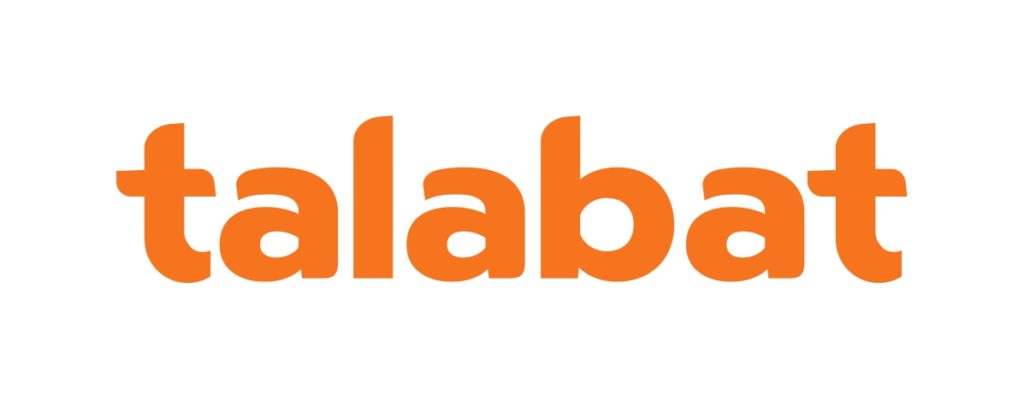
- Products
- Solutions
- Learn
- Partner
- Try Now
On-Demand apps are gaining popularity, particularly food delivery apps. With millennials turning online to order food from the local restaurants rather than traditional eating, the focus is shifting to hyperlocal on-demand food delivery. Talabat is one of MENA’s on-demand food delivery apps giants, which provides a wide range of limitless cuisines from its restaurants.
What you’ll learn ahead:
- History of Talabat
- Talabat’s Business Model
- Talabat’s revenue model
- Features for a Talabat like app
- Cost of making an app like Talabat

Talabat – The Origin
Talabat started in 2004 with the vision to make food delivery an effortless experience for both the customers and restaurant owners. It has revolutionized the concept of food delivery in the MENA region. From the time of modems advancing to seamless technology, it provides its customers with easy and fast delivery, accurate tracking, and two communication channels between customer and delivery agent.
According to CrunchBase, Talabat acquired Zomato in 2019 for 172 Mn, which helped them gain the majority market share, forcing UberEats to close their operations in these regions.
Talabat, which started as a food delivery app, now also delivers groceries, pharmaceuticals, etc., and has been venturing into qcommerce by providing deliveries to its customers in 30 mins or less.
Now Talabat is the largest food delivery and grocery delivery platform in the MENA region. It operates in 7 countries through GCC, namely, Kuwait, United Arab Emirates, Qatar, Egypt, Oman, Bahrain, and Jordan.
The business model of Talabat
Talabat’s business model is based on-demand hyperlocal delivery service with a majority focus on the food delivery sector. Talabat uses best-in-class technology to bridge the gap between the restaurant owner and the customer, thereby providing customers a smooth purchase experience.
Talabat has both a website and a mobile application. Customers can order food or groceries using either of them. Apart from ordering food from the nearby restaurants, it also shows the menu of the restaurants to the customers to help them choose from a variety of dishes.
The general flow of how every on-demand hyperlocal service works is very similar to other aggregator platforms. A restaurant partners with Talabat and gets listed on the app. The customer registers on the app and selects a restaurant for ordering. Once the order is placed, it is sent to the restaurant. The restaurant starts preparing the order, and a delivery agent is assigned to pick up the order from the restaurant and deliver it to the customer. During all this, the customer gets a notification about each step of the process and can track their order.
How does Talabat make money?
Talabat has a three-pronged approach to its revenue model, where the revenue comes from 3 sources:
- Commissions on orders
- Delivery Charge
- Advertisements
Commissions:
Talabat takes 15% – 25% commission from the restaurant’s order bill. It also offers restaurants a reduction of 5% to 10% on commission if they opt for exclusivity. This helps them with getting exclusive restaurants and decreases competition in the market.
Delivery Charge:
Talabat has no minimum order size for delivery requirements, which helps them get orders of all sizes. The delivery charge decreases as the order size increases.
Advertisements:
Talabat monetizes advertisements in two ways:
- Banner Ads:
This involves showing the restaurant ads on the banner, which provides restaurants more coverage. - Priority Listings:
This helps restaurants to get listed in the top 5 listings, which helps them gain visibility in front of customers. Customers generally order from the topmost listings, thus, allowing the restaurant to gain more customers.
Features of Talabat
Features of the Talabat app fall into three categories:
- Customer App/Panel
- Restaurant App/Panel
- Delivery Agent App/Panel
Features of Talabat’s Customer App/Panel
- Login: Talabat provides customers with an option to login or register using social logins, email, phone number, and OTP.
- Location Selection: Talabat Customers have an option to select their location to see all the restaurants in their location.
- Menu: Once the customer selects a restaurant to place an order. He/She has the ability to go through the restaurant menu. Each restaurant menu can have multiple theme-based categories for different products.
- Online Payment: With changing customer preference towards online payment. Talabat provides its customers with the option of online payment using UPI, Credit/Debit cards, etc.
- Reviews: Ability for customers to write a review for restaurants.
- Order History: It provides customers with their order history, enabling them to reorder.
- Product Search: It can be a cumbersome task to find a product when you don’t know which merchant provides it. Talabat solved this problem by giving customers a feature to search products and bringing up merchants that supply the product in the search results.
- Tracking delivery agents: Talabat’s customer app/panel gives customers the ability to track the delivery agent delivering their order.
Features of Talabat’s Restaurant App/Panel
- Dashboard: Each merchant has its own merchant panel. The merchant dashboard enables them to set up their profile, keep track of their revenue, order status, etc.
- Accept/ Reject Orders: One of the major difficulties in an on-demand business is about keeping the supply in check. In the food delivery or grocery delivery business, there can be a certain time when a particular food item or grocery item is not available. In order to resolve this issue, Talabat provides its merchants with an option to accept or reject the orders.
- Manage Restaurant’s profile: It gives the restaurants the ability to set up their own menus, promotional offers, banners, etc. It enables the restaurant to function independently with full efficiency.
- Online payments and commission settlement: Talabat’s merchants get their payment at regular intervals after deducting the commission. They have the ability to see their daily revenue report on their app/panel.
Features of Talabat’s Delivery Agent App/Panel
- Login: The drivers can log in through social channels, email, and phone numbers using OTP.
- Calls/Chat with the customer: There can be a certain time when the delivery agent might need to have a word with the customer or vice versa. To help with this, Talabat provides its delivery agents with 2-way communication with their customers so that they can connect to resolve any concerns they might have.
- Wallet: The wallet gives the ability to the drivers to store their daily earnings and tips, which can then be transferred into their bank account.
- Accepting/ Rejecting Deliveries: Delivery agents have the ability to accept or reject the delivery task based upon their preference.
Learn more about the top features you need to create the best-in-class on-demand grocery delivery or food delivery app.
Cost of creating an app like Talabat
Yelo helps you achieve the technological know-how for creating an app like Talabat. Yelo is a no-code saas-based ordering platform that enables you to automate your ordering management flow while managing vendors on your platform.
Yes, you read it right. Yelo promises you an app like Talabat with all the necessary features to help you grow exponentially on a budget. You can choose from different plans and get a jumpstart on your business. Check out the different plans we have: Yelo Subscription.
Want to try Yelo for free?
Here’s a link to a free Yelo account for 15 days.
Subscribe to stay ahead with the latest updates and entrepreneurial insights!

Subscribe to our newsletter
Get access to the latest industry & product insights.























